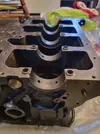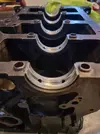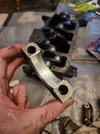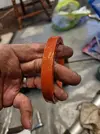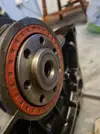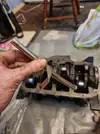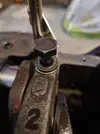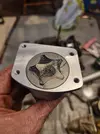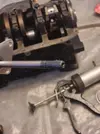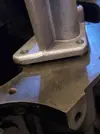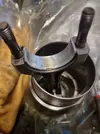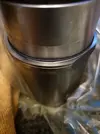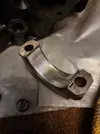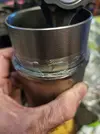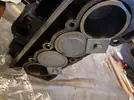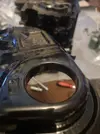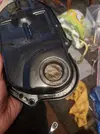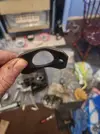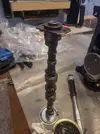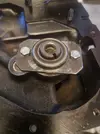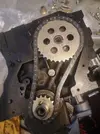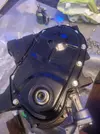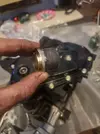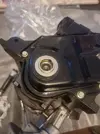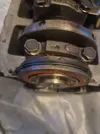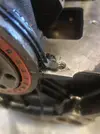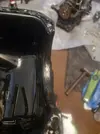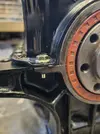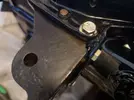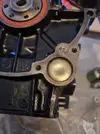Yes. That's definitely one of those `someone else's time and money scenarios' I started watching this thread as I wanted to see a rebuild from a turbo point of view. All my own C1J's (about 10 with rebuilds) were atmo's, so built from a different point of view. The last engine I built had no Renault bits in it, except the Block, shells, head casting and rocker gear. I use cheap and cheerful head gaskets, so prefer a bit of protrusion, as with time and rpm the liners can hammer out a thou or so over time. All my valve seats are on 0.5mm wide for flow, this would not work in a turbo motor, well it would, just not for long......
I do wonder if the problem has been caused by localised boiling around the liner seat, due to a cooling system that was old and not totally sealed (therefor allowing boiling in nooks and crannies)
@sparkie What end of the block is it??? Just to satisfy a morbid curiosity I have about this.
I will now apologize for the Hi-jack and promise to shut up.....

